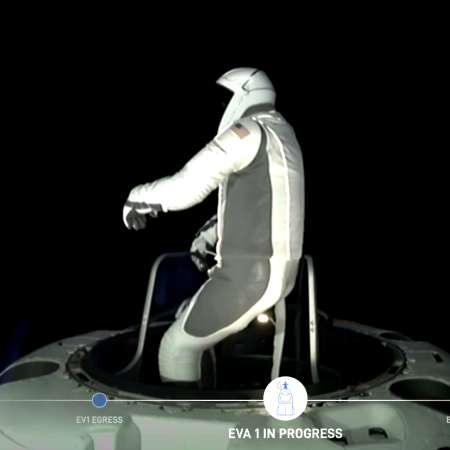December 17, 2025 Quick space links
Courtesy of BtB’s stringer Jay. This post is also an open thread. I welcome my readers to post any comments or additional links relating to any space issues, even if unrelated to the links below.
- Roskosmos promises it will have its Soyuz launch pad in Baikonur operational “by the end of winter”
It is claiming it will be ready for a Progress launch to ISS as early as March 11.
- Blue Origin touts testing of system for getting astronauts from its Blue Moon MK2 manned lunar lander to the ground
The tweet implies these tests included a Blue Origin pressurized spacesuit as well, but I can find no information elsewhere about such a thing. I suspect the tests used an engineering pressurized suit (attached to a NASA system to simulate lunar gravity) to simulate egress from the lander.
Courtesy of BtB’s stringer Jay. This post is also an open thread. I welcome my readers to post any comments or additional links relating to any space issues, even if unrelated to the links below.
- Roskosmos promises it will have its Soyuz launch pad in Baikonur operational “by the end of winter”
It is claiming it will be ready for a Progress launch to ISS as early as March 11.
- Blue Origin touts testing of system for getting astronauts from its Blue Moon MK2 manned lunar lander to the ground
The tweet implies these tests included a Blue Origin pressurized spacesuit as well, but I can find no information elsewhere about such a thing. I suspect the tests used an engineering pressurized suit (attached to a NASA system to simulate lunar gravity) to simulate egress from the lander.












